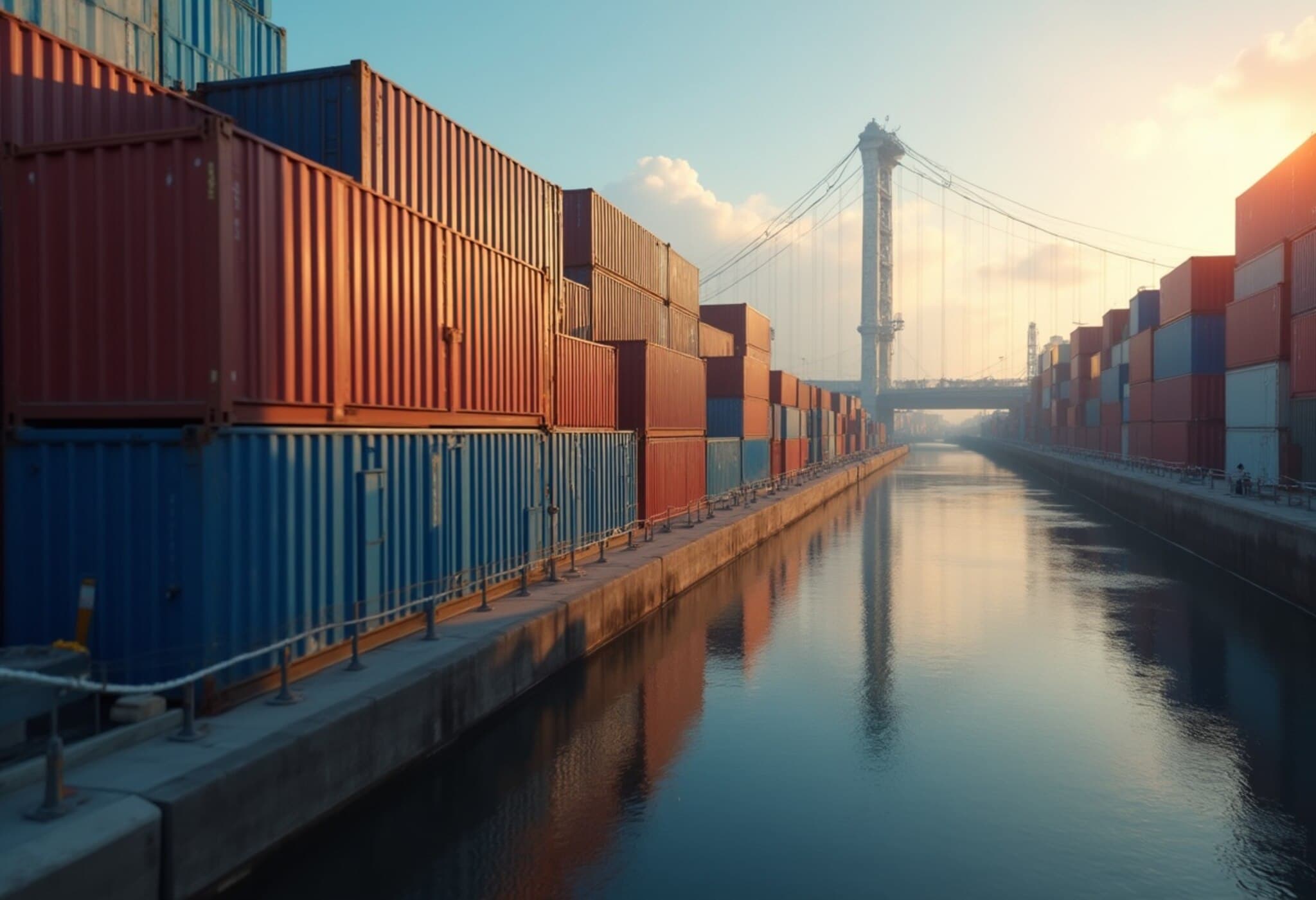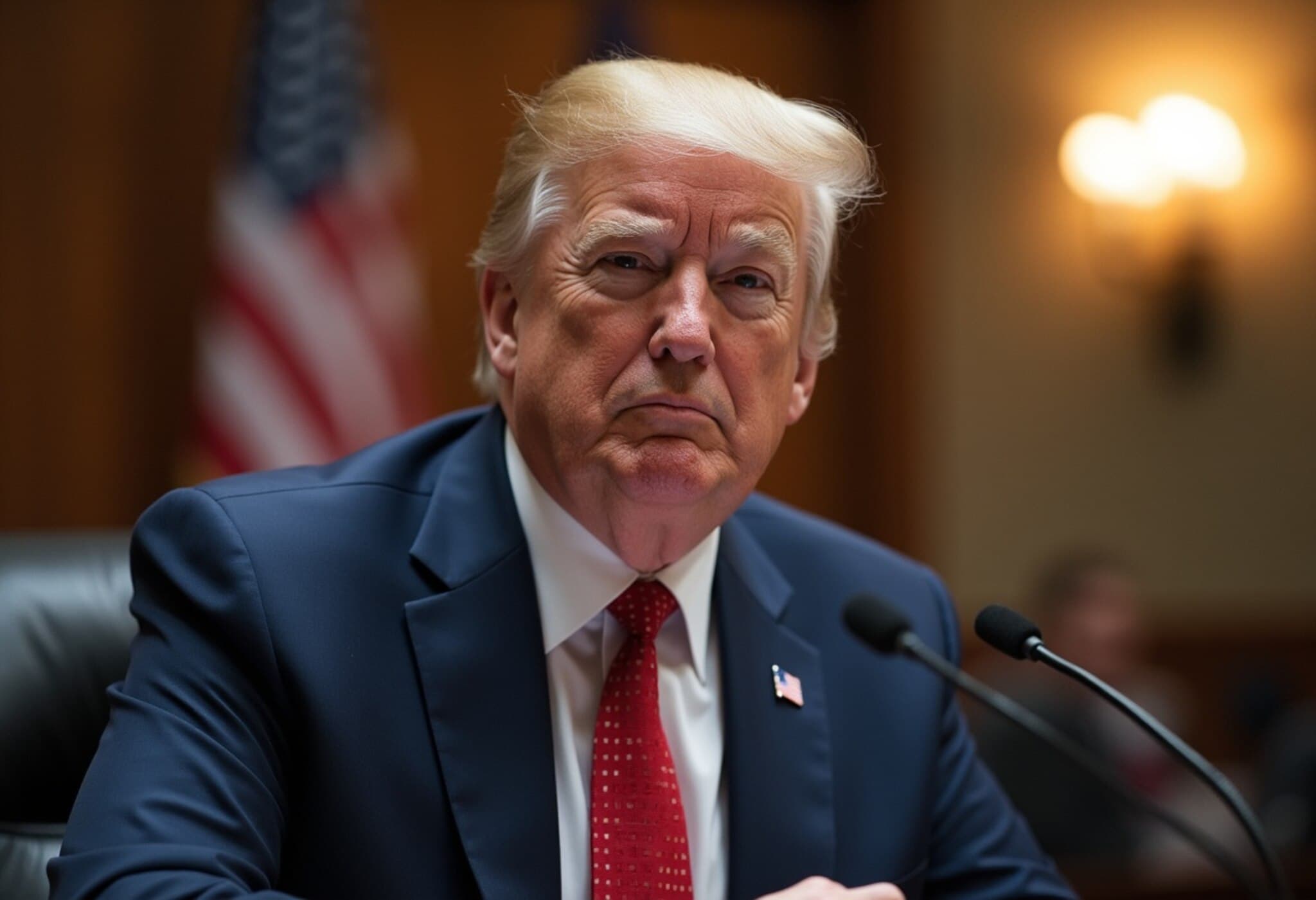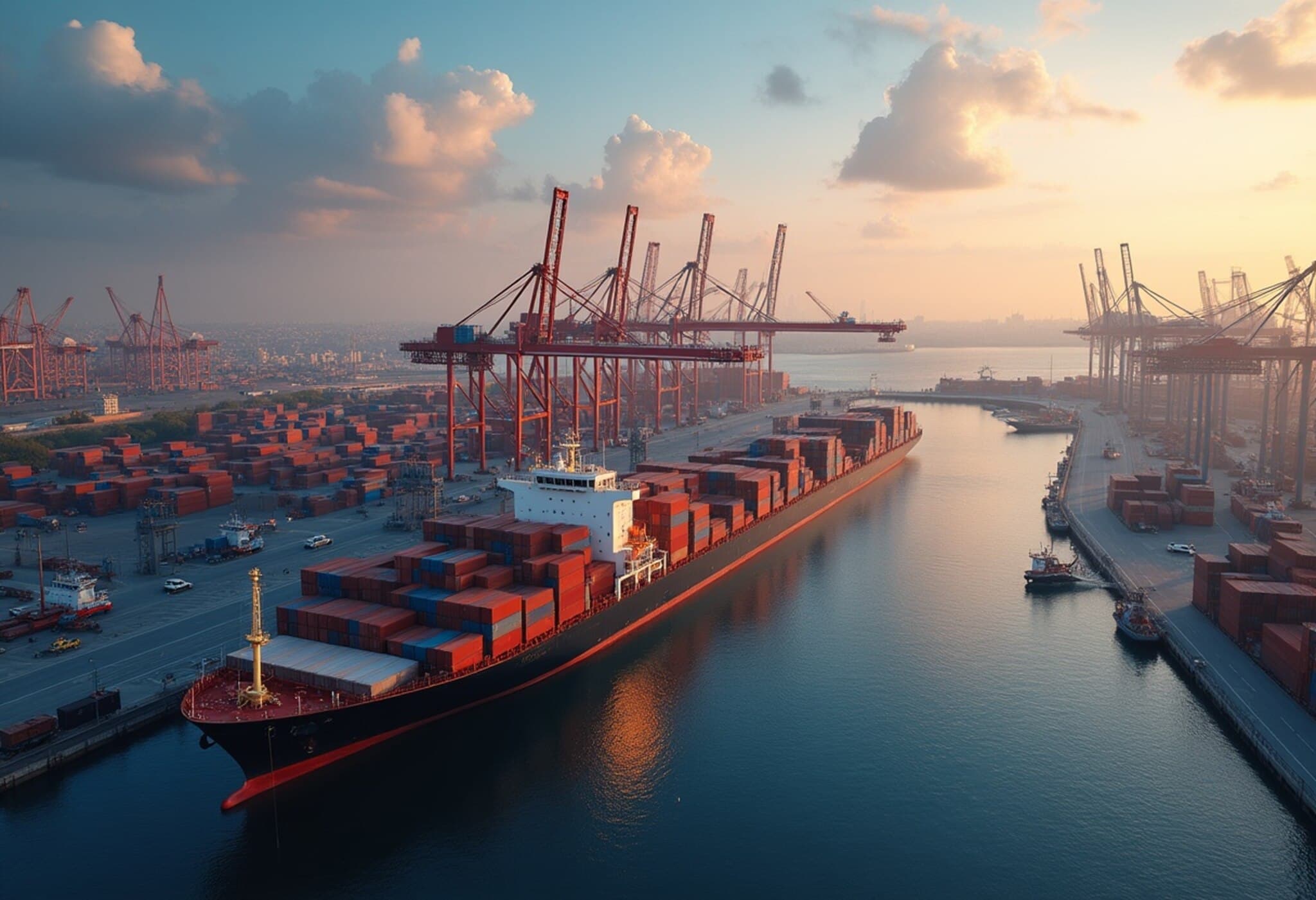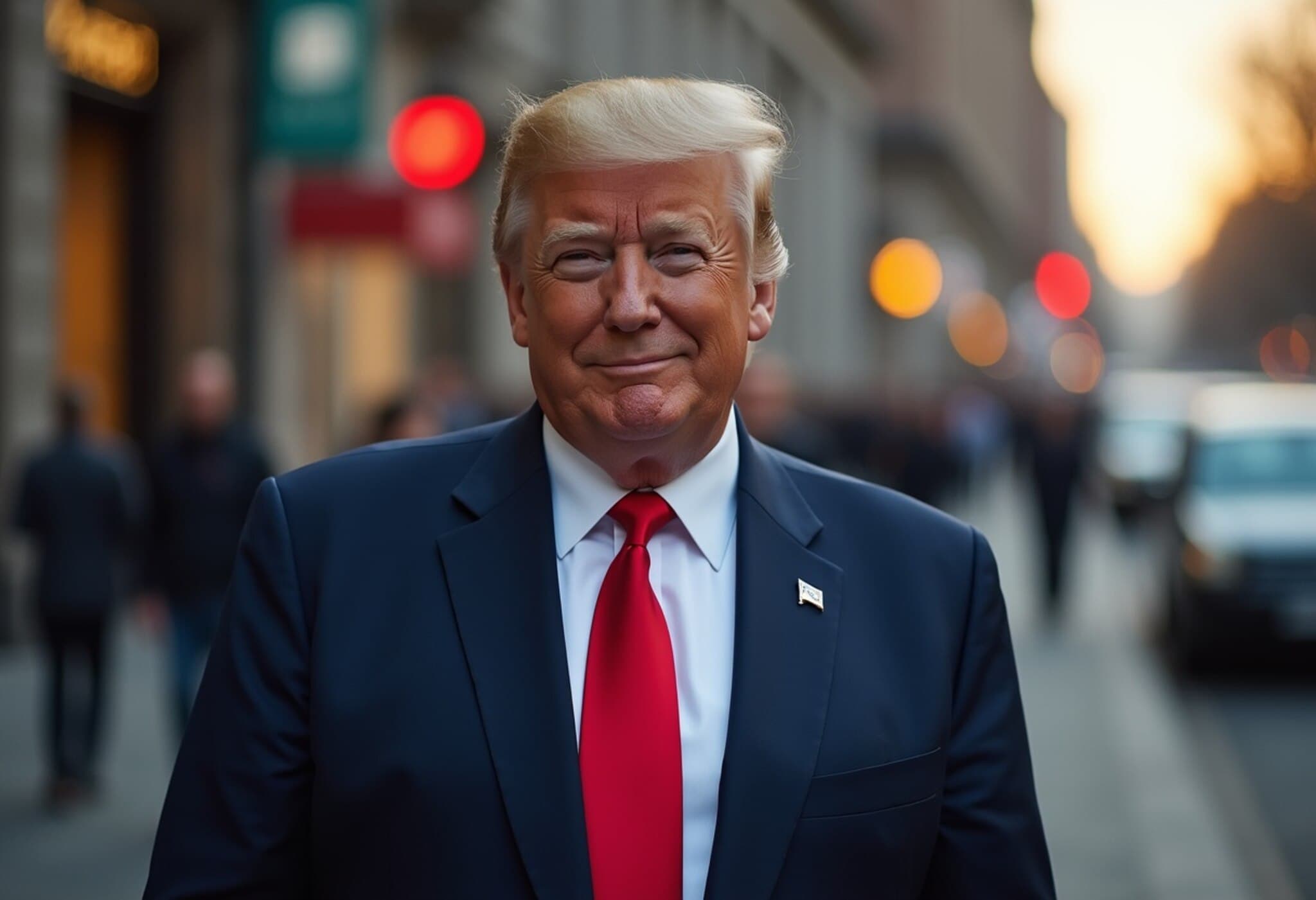Japan’s Export Downturn Deepens as U.S. Tariff Pressure Mounts
In June 2025, Japan's export sector stumbled further, marking the second consecutive month of decline with a 0.5% year-over-year drop. This downturn contradicts economist expectations of a slight uptick and raises fresh alarms about Japan's economic trajectory amid escalating trade tensions with the United States.
The contraction follows a 1.7% export decrease in May, reflecting a sustained weakness in the global demand for Japanese goods. Particularly hard-hit were shipments to Japan's two largest trading partners—China and the U.S.—which saw exports tumble by 4.7% and 11.4%, respectively.
Automobile Exports: A Keystone Under Siege
The automotive sector, a crucial pillar of Japan’s export economy, experienced a sharp decline. June saw exports of Japanese automobiles to the U.S. plunge by 26.7%, extending May’s steep 24.7% fall. Considering that automobiles accounted for roughly 28.3% of all Japanese exports to the U.S. in 2024, this collapse significantly impacts Japan's trade balance and economic outlook.
This slump is set against a backdrop of increasing tariffs; from August 1, the U.S. intends to raise import duties on Japanese goods by one percentage point—on top of an existing 24% tariff imposed on select items. This move aligns with President Donald Trump’s broader strategy to pressure Japan into a comprehensive trade agreement. Yet, as of mid-July 2025, no breakthrough appears imminent, with the U.S. president signaling skepticism about reaching a deal.
Trade Negotiations and Political Stakes in Japan
Japan’s chief trade negotiator, Ryosei Akazawa, emphasized the importance of including automotive sector concessions in any potential agreement, asserting that Japan will not compromise its agricultural sector to accelerate talks. This stance carries political weight, especially with Japan’s Upper House elections looming and a fragile governing coalition vulnerable to voter discontent among farming communities wary of expanded agricultural imports.
Tariffs, Agriculture, and Political Calculus
The agricultural sector remains a flashpoint. President Trump’s July 1 comments about Japan’s rice import policies—despite Japan facing a domestic rice shortage—underscore the complex interplay of trade, domestic food security, and political symbolism. Notably, the U.S. was Japan's top rice exporter in 2024, shipping over 350,000 tons.
Takeshi Niinami, senior economic advisor to Japan’s prime minister and CEO of Suntory Holdings, reflected candidly on Japan’s negotiation posture. He suggested Japan initially rebuffed reasonable tariff proposals such as a 10% baseline, which may have inadvertently escalated tensions. Niinami advocated for a more flexible approach—opening non-tariff barriers like auto safety standards and negotiating agricultural import levels—balanced carefully against domestic political sensitivities.
Economic Implications: On the Brink of Recession?
Japan’s economy faces a precarious moment. The country has already registered a contraction compared to the previous quarter due to weakening exports. Should such declines persist, Japan would enter a technical recession. Export activity, including services, represents nearly 18% of Japan’s GDP, making trade policy a decisive factor in economic health.
Given the export dependency, further U.S. tariff hikes could deepen economic contraction, threaten jobs, and exacerbate anxieties in a workforce already grappling with a complex global environment.
Looking Ahead
Japan must navigate a diplomatic tightrope—opening markets to maintain trade flows while safeguarding politically sensitive sectors and domestic industries. The unfolding trade saga also highlights broader challenges faced by economies reliant on export-driven growth in an era of rising protectionism.
Editor’s Note
The sharp decline in Japan’s exports amid escalating U.S. tariffs signals more than a trade dispute; it underscores the fragility of deeply interconnected global supply chains and economies. As Japan confronts the dual pressures of safeguarding domestic industries and responding to external economic shocks, the coming months will reveal whether diplomacy can avert recession and chart a sustainable trade path. Readers might consider the ripple effects this economic strain could have—not only on bilateral U.S.-Japan relations but on global markets increasingly rattled by protectionist tendencies. How Japan balances these competing demands could serve as a bellwether for other export-reliant nations navigating a turbulent trade environment.












